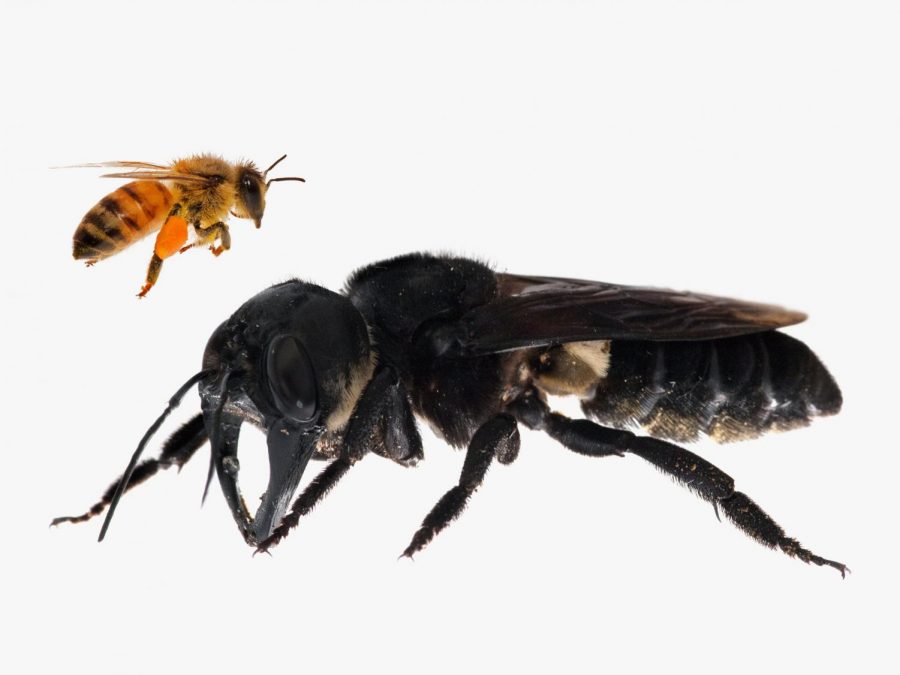Whats the Buzz?
February 26, 2019
In 1858, the biggest honey bee in the world, the Wallace’s giant bee was discovered by famed British naturalist Alfred Russel Wallace on the Indonesian island of Bacan. It is known as Wallace’s giant be or the Megachile Pluto. The insect can grow up to an in and a half in length and its beetle like wings can can be as big as two and a half inches.
The insect is most elusive species of bees in the world besides being the largest. It has only been seen a few times since its initial discovery. A group of researches were naturally thrilled when they found a female giant bee in Indonesia. It is the first sighting in decades.
The bees often find refuge in termites’ trees nests. With its powerful jaws, they could scrape resin off trees and build burrows inside already existing termite mounds. This is where the scientific team looked in their journey to find the bee and find out if it even exists anymore.
After 1858, the bee was not seen again until 1981 and then 1991. Afterwords the bees seemed to dissipear and has not been seen until this year. It’s believed the bee species should be enlisted as endangered as no data exists on the amount of the giant bees that still exist. The fact also stands that between 2001 and 2017, Indonesia’s tree forest cover decreased by 15% which could constitute another threat for the bees as well as other species in the forest. “By making the bee a world famous flagship for conservation,” Robin Moore, the lead of the search for lost species program, added, “We are confident that the species has a brighter future than if we just let it quietly be collected into oblivion.”


